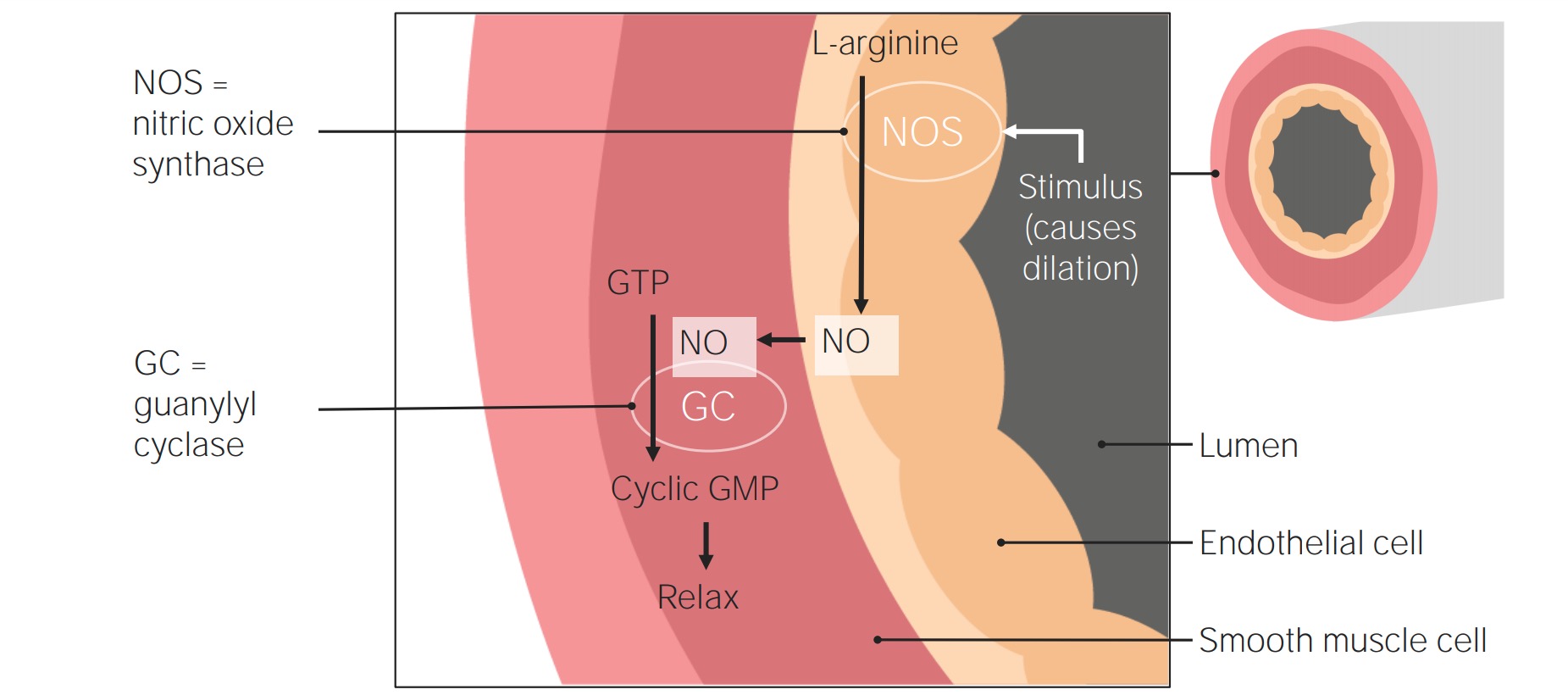Playlist
Show Playlist
Hide Playlist
Pulmonary (Right-sided) Hypertensive Heart Disease
-
Slides Valvular Hypertensive Heart Disease.pdf
-
Download Lecture Overview
00:00 Let’s look briefly at right-sided pulmonary hypertensive heart disease. The normal pulmonary pressures are about five to ten folds less than what you see in the systemic circulation. So, the normal pulmonary artery pressure should be somewhere between 8 and 20 mmHg at rest and goes up ever so slightly if you have increased activity. 00:25 But, at rest, if you have pulmonary arterial blood pressure in excess of 25 mmHg, that is indicative of pulmonary hypertension and as a result as you see there, now you’re going to have the right ventricle responding to the higher pressure load by undergoing hypertrophy. When we get heart failure in this setting because of pulmonary hypertension, we give it a special name of cor pulmonale. The cor means heart pulmonale means the lungs, cor pulmonale means heart failure due to pulmonary hypertension. Okay. So, left-sided heart disease can be a cause of right-sided heart disease. You already know that the most common cause of right heart failure is left heart failure. So, if the left ventricle has become stiff with hypertrophy and now you’re getting flow that’s going regurgitant into the lungs, that pressure can be translated into the pulmonary circulation and you can have right-sided pulmonary hypertension. 01:29 So that’s going to be a common cause of pulmonary hypertension. Emphysema and things that damage the lung architecture including fibrosis of the lungs will give rise to a situation where you have less vasculature with the same volume of blood trying to go through it. If I damaged the lung and I’d lose vessels in various areas, emphysema, fibrosis, whatever, now the right heart is still pumping the same volume but there are fewer vessels to accommodate it and that will cause pulmonary hypertension. And if you have recurrent pulmonary emboli, so you have small emboli that block a little vessel may be relatively asymptomatic, but over a period of time, you collect a lot of those vessels being blocked, we now functionally have the same volume of blood from the right ventricle trying to go through fewer vessels because they are all blocked by pulmonary emboli. So, these are kind of the three main bins that we can think about in terms of causes of right-sided pulmonary hypertension. So, etiology, includes everything that we talked about. You can have primary pulmonary hypertension too. So, there is a disease where the patients, for reasons that are not completely understood, develop increased pulmonary tone, so primary pulmonary hypertension. There is also obstructive sleep apnea, typically happens in the obese population. As a result of not breathing well during sleep, you get a relatively hypoxic environment. The way that the lung responds to hypoxia is to reduce the circulation to a hypoxic area. If the entire lung is relatively hypoxic because you’re snoring and you’re not breathing on a regular basis, then you will have the entire lung try to clamp down on the blood. As a result, you get pulmonary hypertension due to that. So, obstructive sleep apnea, particularly in the obesity epidemic that is sweeping the world is a major cause of pulmonary hypertension. 03:36 So, when there is dysfunction during systole when the right heart fails, so systolic dysfunction, you’re going to be hypoxic, you’re not going to be pumping blood through the lungs, you’re not going to be well oxygenated. And, because you don’t have the right heart pumping to get over to the left heart, you will have systemic hypotension. 03:56 So, those are the kind of the major manifestations of systolic dysfunction. When you have diastolic dysfunction and right-sided pulmonary hypertensive heart disease, now you’re going to see retrograde vasoengorgement of the venous circulation. 04:12 As a result of that higher pressure, this is going to cause peripheral edema, you will have increased edema, if you will, into the liver. As a result of that, there are fibrogenic cytokines that will be elaborated and you will get a cardiac cirrhosis. You can get the same cirrhosis that you can get from alcoholic liver disease by having right heart failure, and with the same manifestations including abnormal flow through the liver, abnormal synthetic function and portosystemic shunts. And with that, we’ve covered left-sided hypertensive heart disease, right-sided hypertensive heart disease, and hopefully, you haven’t raised your blood pressure as a result of listening to me.
About the Lecture
The lecture Pulmonary (Right-sided) Hypertensive Heart Disease by Richard Mitchell, MD, PhD is from the course Valvular and Hypertensive Heart Disease.
Included Quiz Questions
What is the most common cause of right-sided heart failure?
- Left-sided heart failure
- Emphysema
- Recurrent pulmonary emboli
- Smoking
- Diabetes
Customer reviews
5,0 of 5 stars
| 5 Stars |
|
5 |
| 4 Stars |
|
0 |
| 3 Stars |
|
0 |
| 2 Stars |
|
0 |
| 1 Star |
|
0 |




